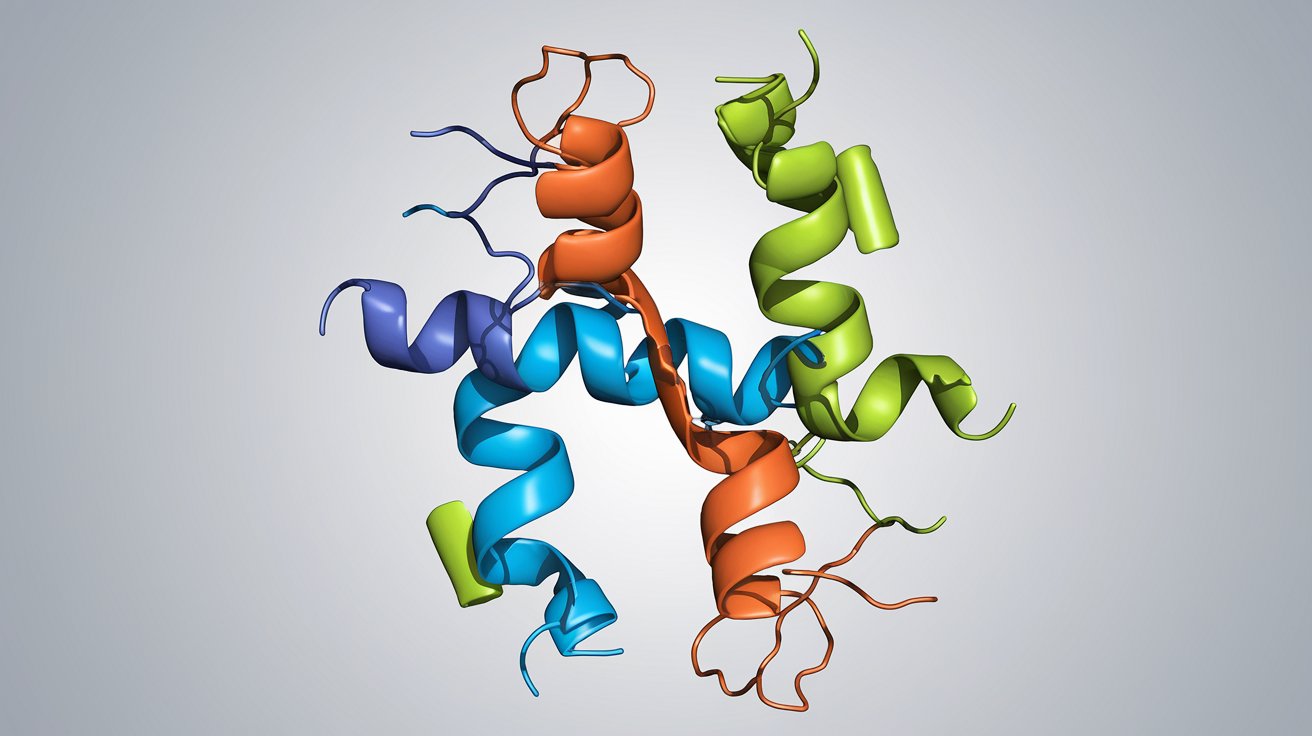
Secondary structures are crucial elements in the world of proteins. They form the backbone of protein architecture, influencing how proteins fold and function. But what exactly are these structures? Secondary structures refer to the local folded shapes that form within a polypeptide due to interactions between atoms in the backbone. These shapes include alpha helices and beta sheets, which are stabilized by hydrogen bonds. Understanding these structures is essential for grasping how proteins work in biological processes. In this post, we'll explore 27 intriguing facts about secondary structures that will deepen your appreciation for these molecular marvels. Get ready to dive into the fascinating world of protein folding!
What is Secondary Structure?
Secondary structure refers to the local folded shapes that form within a polypeptide due to interactions between atoms in the backbone. These structures are crucial for the overall shape and function of proteins.
- Alpha Helix: This is a common secondary structure where the polypeptide chain coils into a helix, stabilized by hydrogen bonds.
- Beta Sheet: Another common structure, beta sheets are formed by linking two or more beta strands lying next to each other through hydrogen bonds.
- Turns and Loops: These are short sequences that connect alpha helices and beta sheets, allowing the protein to fold into its three-dimensional shape.
Importance of Secondary Structure
Understanding secondary structure helps in predicting the function and stability of proteins. It also aids in the design of new drugs and therapies.
- Protein Stability: Secondary structures contribute to the overall stability of proteins by forming hydrogen bonds.
- Function Prediction: The presence of certain secondary structures can hint at the protein's function.
- Drug Design: Knowledge of secondary structures aids in designing molecules that can interact with specific proteins.
Methods to Determine Secondary Structure
Several techniques are used to determine the secondary structure of proteins. These methods provide insights into the protein's shape and function.
- X-ray Crystallography: This technique provides detailed images of protein structures at atomic resolution.
- Nuclear Magnetic Resonance (NMR) Spectroscopy: NMR is used to study proteins in solution, offering insights into their dynamic behavior.
- Circular Dichroism (CD) Spectroscopy: CD measures the absorption of circularly polarized light, providing information about the overall secondary structure content.
Alpha Helix: A Closer Look
The alpha helix is one of the most common secondary structures found in proteins. It is characterized by a right-handed coil.
- Right-Handed Coil: Most alpha helices are right-handed, meaning they twist in a clockwise direction.
- Hydrogen Bonds: These helices are stabilized by hydrogen bonds between the carbonyl oxygen of one amino acid and the amide hydrogen of another, four residues away.
- 3.6 Residues per Turn: Each turn of the helix contains approximately 3.6 amino acid residues.
Beta Sheets: A Detailed Examination
Beta sheets consist of beta strands connected laterally by at least two or three backbone hydrogen bonds, forming a sheet-like structure.
- Parallel and Antiparallel: Beta sheets can be parallel (strands run in the same direction) or antiparallel (strands run in opposite directions).
- Hydrogen Bonds: These sheets are stabilized by hydrogen bonds between the carbonyl oxygen of one strand and the amide hydrogen of an adjacent strand.
- Pleated Structure: Beta sheets have a pleated appearance due to the zigzag arrangement of the backbone.
Turns and Loops: Connecting the Structures
Turns and loops are flexible regions that connect alpha helices and beta sheets, allowing the protein to fold into its functional shape.
- Beta Turns: These are short sequences that reverse the direction of the polypeptide chain, often found connecting beta strands.
- Omega Loops: Larger loops that do not have a regular structure but are crucial for the protein's function.
- Flexibility: Turns and loops provide the necessary flexibility for the protein to adopt its functional conformation.
Disorders Related to Secondary Structure
Abnormalities in secondary structures can lead to various diseases. Understanding these disorders can help in developing treatments.
- Amyloidosis: Misfolded proteins with abnormal beta sheets can form amyloid fibrils, leading to diseases like Alzheimer's.
- Prion Diseases: These are caused by misfolded prion proteins that induce other normal proteins to misfold, forming beta sheets.
- Cystic Fibrosis: Mutations affecting the secondary structure of the CFTR protein can lead to cystic fibrosis.
Computational Tools for Secondary Structure Prediction
Several computational tools are available to predict the secondary structure of proteins from their amino acid sequences.
- PSIPRED: A popular tool that uses neural networks to predict secondary structures.
- JPred: This tool combines multiple sequence alignments with neural networks for accurate predictions.
- GOR Method: Uses information theory and Bayesian statistics to predict secondary structures.
Applications of Secondary Structure Knowledge
Understanding secondary structures has numerous applications in biotechnology, medicine, and research.
- Protein Engineering: Knowledge of secondary structures helps in designing proteins with desired functions.
- Disease Research: Studying secondary structures aids in understanding the molecular basis of diseases.
- Biomaterials: Secondary structures are used in designing biomaterials for medical and industrial applications.
Final Thoughts on Secondary Structures
Secondary structures in proteins play a crucial role in their function and stability. From alpha helices to beta sheets, these formations determine how proteins interact within the body. Understanding these structures helps in fields like biochemistry and medicine, aiding in drug design and disease treatment.
Knowing the basics of secondary structures can deepen your appreciation for the complexity of life at a molecular level. Whether you're a student, a researcher, or just curious, these facts provide a solid foundation.
Proteins are more than just building blocks; they're dynamic entities with intricate designs. By grasping the importance of secondary structures, you gain insight into the fascinating world of molecular biology. Keep exploring, keep questioning, and you'll uncover even more amazing details about the microscopic wonders that make life possible.
Was this page helpful?
Our commitment to delivering trustworthy and engaging content is at the heart of what we do. Each fact on our site is contributed by real users like you, bringing a wealth of diverse insights and information. To ensure the highest standards of accuracy and reliability, our dedicated editors meticulously review each submission. This process guarantees that the facts we share are not only fascinating but also credible. Trust in our commitment to quality and authenticity as you explore and learn with us.


